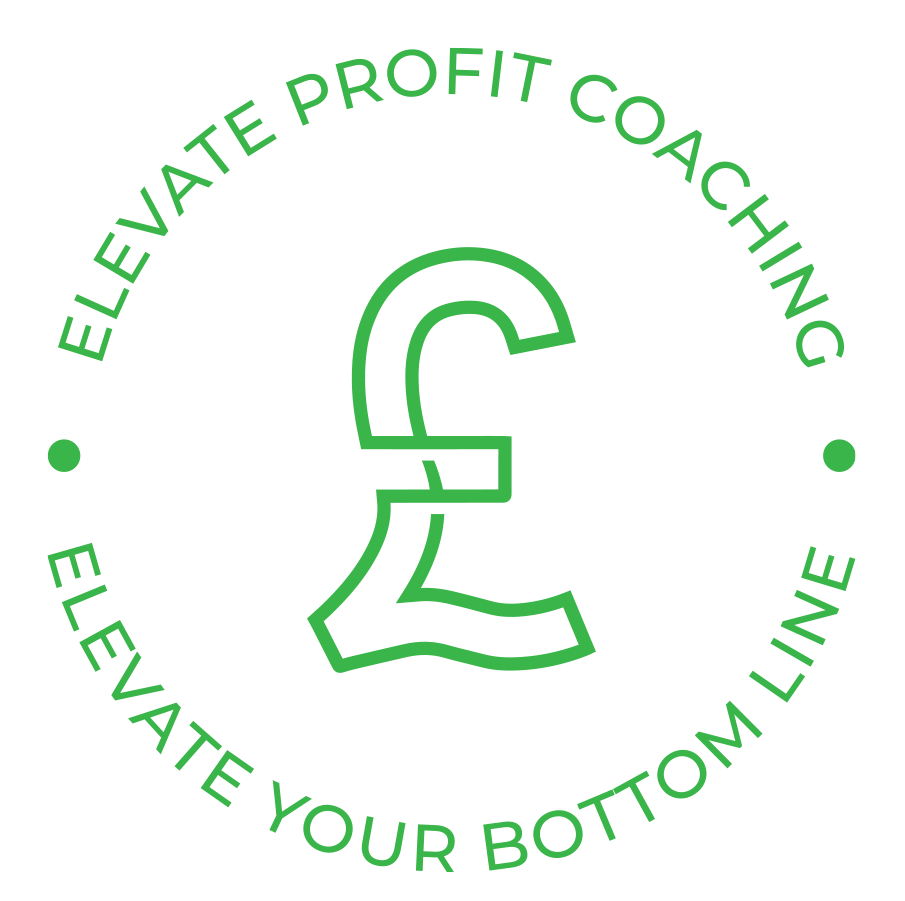One of the biggest weapons you can add to your selling repertoire is knowing what you clients really want. One of the most common errors any small business owner makes is selling what your customer needs rather than what they really want. It’s a subtle distinction, but an important one to remember.
Selling what your customer wants pulls at heartstrings, it stirs excitement, it makes your clients want to buy from you.
Selling what your customer needs is transactional. Even though what they need is important, it doesn’t stir the same kind of emotional response that makes your customer want to get their wallets out.
If you’re selling needs, it’s time to stop - and start selling wants.

Selling Needs - The most common marketing mistake
It’s not even close. The most common mistakes you see across any industry, not just landscaping, is business owners selling what they think their potential client needs. The reason we see this in landscaping, is because landscapers are knowledgeable pros, they know their job inside and out, and they know the benefits their customers will get from hiring them.
You see things like:
- “We’ve got all the necessary insurances”
- “We’ve got 15 years of industry experience”
- “We’ve spent £1,000s on professional grade tools”
- “We’ve spent our time sourcing and arranging delivery of the required materials”.
These are fantastic features of your service and they are important things for your customers to get as part of your price, but they are not what your customer really wants. They need these things as part of the service - even if they don’t know it - but they are not what you want to try and sell to them. The features are not exciting enough, they don’t stir a response that makes your customer want to hire you. To do this, you need to start focusing on wants.
How to start selling wants - pulling on the heartstrings
This is the key question when it comes to winning more jobs. It’s the number one thing you can do with your marketing is to find out what your customer wants and start marketing to that want.
Hint: your customer doesn’t want landscape gardening services. Confusing right? But what your customer actually wants is the result of those services. They want to waste less time tending their garden. They want perfect summer day BBQ parties on their new space. They want to feel connected to nature in their nature-first space.
Your job is to find out what your target market wants, and sell to these desires.

Initial Consultation - Find the key that opens the safe
Most companies do an initial consultation, but most companies don’t use them as effectively as they could be. An initial consultation should be for two purposes:
- Find out what your potential client wants (remember: emotional, results)
- Find out their “enemy-in-common”
What normally happens is the initial consultation is purely design based. It’s technical, it sets budgets and it focuses on materials choices. While this is useful, it’s not going to help you create a project that connects on an emotional level with your customer. By creating an emotional connection to your project quote, the amount of jobs you will win will increase massively.
Finding what your clients wants - the consultation
This is easier than it sounds. There are no tips or tricks where we’re going to tell you to try and extract information like it’s an interrogation, there’s one simple thing you need to do at the start of each consultation to get to the heart of the problem:
“Talk to them about their garden”
That’s it! You need to get them talking about their garden. Simple, right?
Ask them about their current garden; ask them why it’s making them unhappy; ask them what they would like to change about it; ask them what they want from it.

You’ll get a stream of useful information for you to include in your quoting and design processes. Focus on what they are saying and focus on any emotions they show when talking about their garden. Shows of emotion about their current space will help you see the exact pain points they want you to help solve.
Adding this simple conversation to the initial consultation will transform the way customers think about your quotes and designs. You won’t just be providing them with a beautiful garden like a lot of the competition, you will be addressing problems that resonate to the core of their emotions. And when you start solving problems that pull at the heartstrings, your quotes, designs and services will stand out from the crowd.
Example questions:
- Why do you want to update your garden?
- What’s not working for you with your garden currently?
- What’s the biggest problem with your current garden?
- What would you like to see change with your garden?
- What do you want from your new garden?
Make sure you keep notes on the answers - you don’t want to forget them.
The “enemy-in-common” - bonus round
As part of this initial conversation, one of the key bits of information you can try and get from this conversation is to find the customers “enemy-in-common”. But what does that mean?
The enemy-in-common is the thing that the customer blames for their problems. This can be government, weather, injury, soil, whatever! It’s the thing they blame for their problems.
Once you know what this is, it’s one more way to connect emotionally with their wants. And it’s just as easy to find out as part of this conversation. When you are discussing their current garden, why they want to change it and the problems they are having with it, find out what they blame for the problem.
Do they feel their non-functional garden is a result of bad weather, bad economy, lack of time due to childcare reasons, is their job too demanding? By finding out what they blame, it becomes easier to connect with them about the work you are doing.
Again, once you get an answer and it becomes clear who they are blaming for their problems, jot this down and make sure to include it in your proposal.

Charging for your consultation - Should you do it?
This conversation will likely mean your initial visits take a little bit longer and where you’ve got to spend more time, it might be worth considering charging for your costs. But should you do it?
The answer isn’t that simple, sadly. It’s all dependent on your business, so we’ll go over the pros and cons and hopefully you can make a decision for yourself!
Pros:
- All your time is earning money
- Clients will take you seriously
- Only serious clients will engage when there is a consultation fee
- No wasted time chasing clients without budgets
- Improves your bottom line
- More likely to win the quote when you have charged for it
Cons:
- May put off some potential clients
- You may win a smaller percentage of jobs
- Your quotes and designs will have to be better quality to warrant the charge
- Clients may expect more from a consultation
- You then have obligations to follow through with a full, complete quote or you will get a lot of pushback.
Conclusion - make more of your consultations, find out what your client really wants
Consultations are a major part of your service, but they are also a massive opportunity. You owe it to yourself and your business to make the most of them.
- Identify your customers emotional wants by discussing their current garden and what they want from it.
- Identify who or what they blame for their current problems.
- Include all these findings in your quotes. Let your clients get emotionally invested with your quotes and designs.
